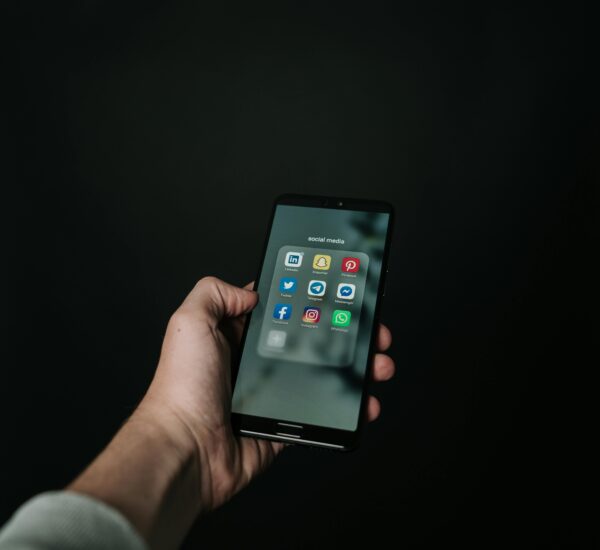As part of our #SocialMediaMonday series tapping in to social news in bite-sized chunks and easier to digest, this week’s issue covers news from LinkedIn, Google+ and YouTube. We’ve gone over quite a lot of Facebook and Twitter news last week so this week we’re going to focus more on the other three. RS Digital are committed to bringing you the most up to date social media, SEO and internet marketing news.
LinkedIn’s lower age limit raises alarm with the quantity of ‘sex workers’ on the platform
In a move that many have criticised, LinkedIn has lowered their signup age limit from 18 to 13 year olds and introduced ‘university pages’ to work in conjunction with this. The decision to lower the age limit has been met with mixed opinions with some people saying that it’s good to give young minds a taste of the professional working world, while others say that it’s just a marketing ploy to increase signup numbers and won’t actually add any benefit to the platform. From a professional’s point of view, they’re not going to want to connect with a teen when that teen may not be able to work for another few years anyway. While the teen’s views are typically different, but optimistic for making early connections with professionals in industries the teens may wish to go in to after college/university.
A related concern is that LinkedIn has a lot of escort agencies on the network, despite earlier this year making amendments to the T’s and C’s to prevent any kind of ‘sex worker’ having an account. Just a search for ‘escort agency’ returns 3,935 results:
LinkedIn amended their terms and conditions earlier this year to combat this stating that even if it’s legal where you are, prostitution and other sex workers are not permitted on LinkedIn. The worrying part is that there are still a large number of agencies doing this, showing that LinkedIn hasn’t done much to enforce their own rules. Either way, it raises a lot of eye brows for concerned parents when children are able to join the network from the age of 13. It’s expected and speculated that LinkedIn will crack down on the ‘red light district’ accounts on the network with the recent update.
Google+ gets HD hangouts and Buffer scheduled posting for business pages
One of the unique features of Google+ – Google hangouts, is getting an update. It’s moving from the popular H.264 codec to full HD 720p video chatting. This move to HD video content should not only increase the quality of the image, but it should help remove some of the “choppiness” from the video stream. The social network is also adapting in preparation for WebRTC technology by removing the requirement of installing a plug-in to use hangouts. We will be able to video chat in hangouts from popular browsers such as Google’s own Chrome and Mozilla Firefox.
In other Google+ news Buffer, the popular social scheduling platform, has added support for Google+ business pages. This will let users ‘buffer’ a list of updates in advance to be posted on a Google+ business page at the optimal times. This comes as Buffer is attempting to tick off user feature requests one by one. Google+ is the latest social network to be added to the platform following Twitter, Facebook, LinkedIn and App.net.
YouTube videos to be included in government dossier and hints at a new YouTube logo for the first time since the platform launched
In the wake of the Damascus disaster in Syria, YouTube videos were added to a government dossier and shown to MP’s. The videos depicts the horrors that took place during the attack as well as one video showing a family being reunited as opposed to being destroyed. The videos are being used by MP’s to decide on an imminent missile strikes to punish the Syrian Bashar al-Assad regime. The videos were added to the dossier to help make the point that the only possible culprit of the chemical weapon attacks is the Syrian government forces. At time of writing, no decision has been made.
The YouTube news this week isn’t all doom and gloom as in the last week, we’ve been teased at YouTube possibly changing their logo for the first time since the platform launched. Without an official company announcement, the company subtly changed their profile image on YouTube apps, Google+, Facebook and Twitter. YouTube is trying to relate the play button more with the brand. The standard logo that we all know and love isn’t going away completely though with this statement from YouTube:
“Our main logo is a core part of YouTube and is not going away. We are increasingly using our play button for apps and icons.”
Please find the old logo, compared to the new, which do you prefer?





